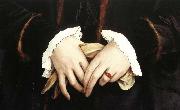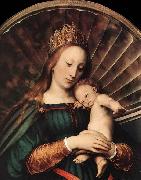
Öl auf dem Segeltuch,das echte Aroma von alten Meistern
|
|
|||
|
HOLBEIN, Hans the Younger
|
|||
| German painter (b. 1497, Augsburg, d. 1543, London). | |||
|
|
|||

| |||
|
|
|||
|
|
|||

| |||
|
|
|||
|
|
|||

| |||
|
|
|||
|
|
|||

| |||
|
|
|||
|
|
|||

| |||
|
|
|||
|
|
|||
| Vorheriger Künstler Nächster Künstler | |||









